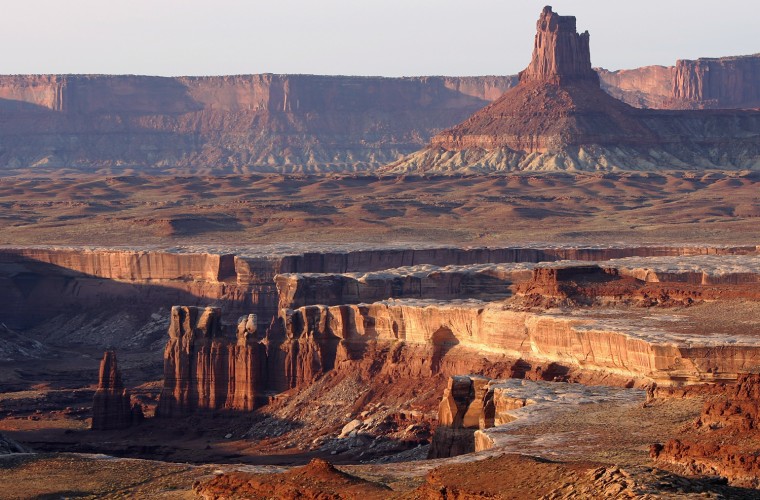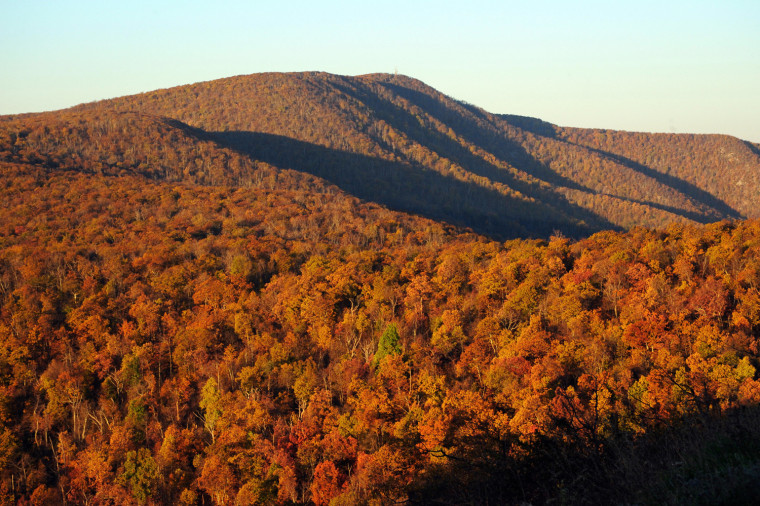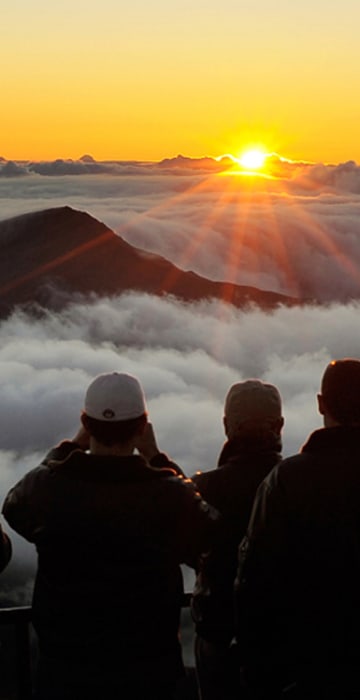
Photo
America's national parks
Nearly 400 national parks can be found all across America, and feature breathtaking vistas, rock formations millions of years old, and more.
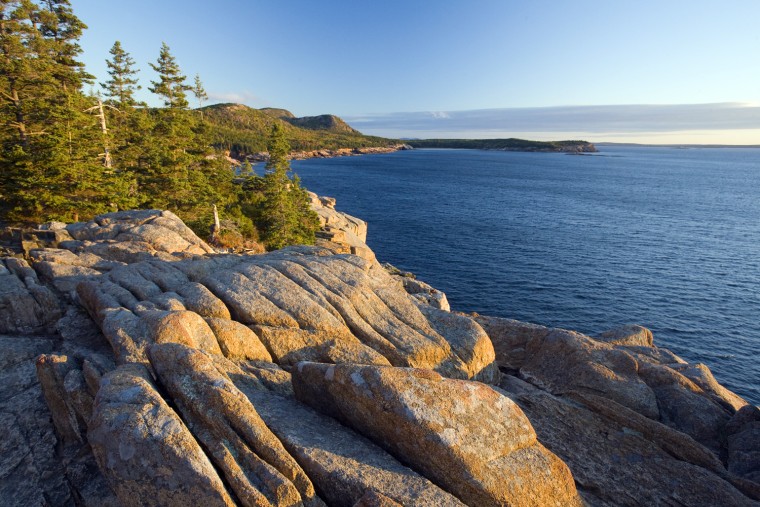
Acadia
Acadia National Park in Maine boasts the highest mountain on the U.S. Atlantic Coast and was the first national park east of the Mississippi River. Visitors beware: temperatures can vary 40 degrees -- from 45 degrees to 85 degrees in the summer and from 30 degrees to 70 degrees in the spring and fall.
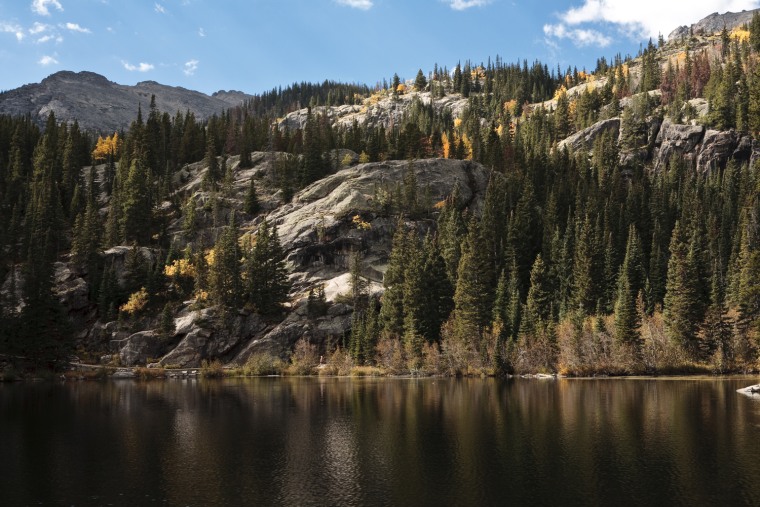

Badlands
The climate in South Dakota's Badlands National Park is extreme. Temperatures range from minus 40 degrees in the dead of winter to 116 degrees in the height of summer. Visitors are drawn to the park's rugged beauty as well as the area's rich fossil beds.
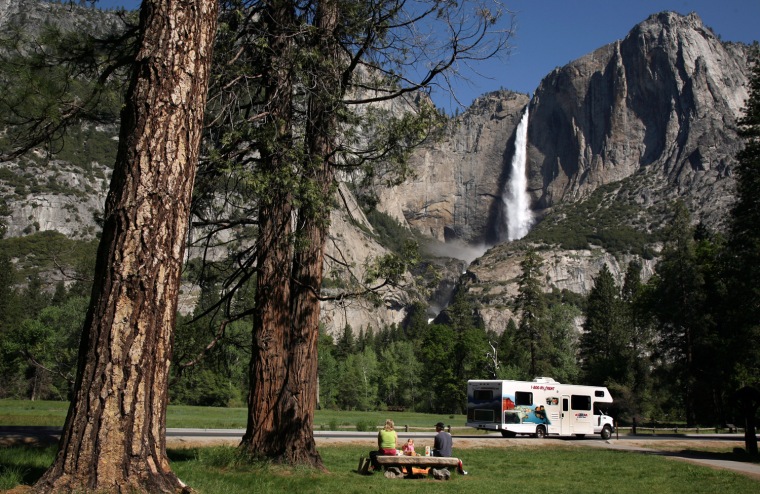
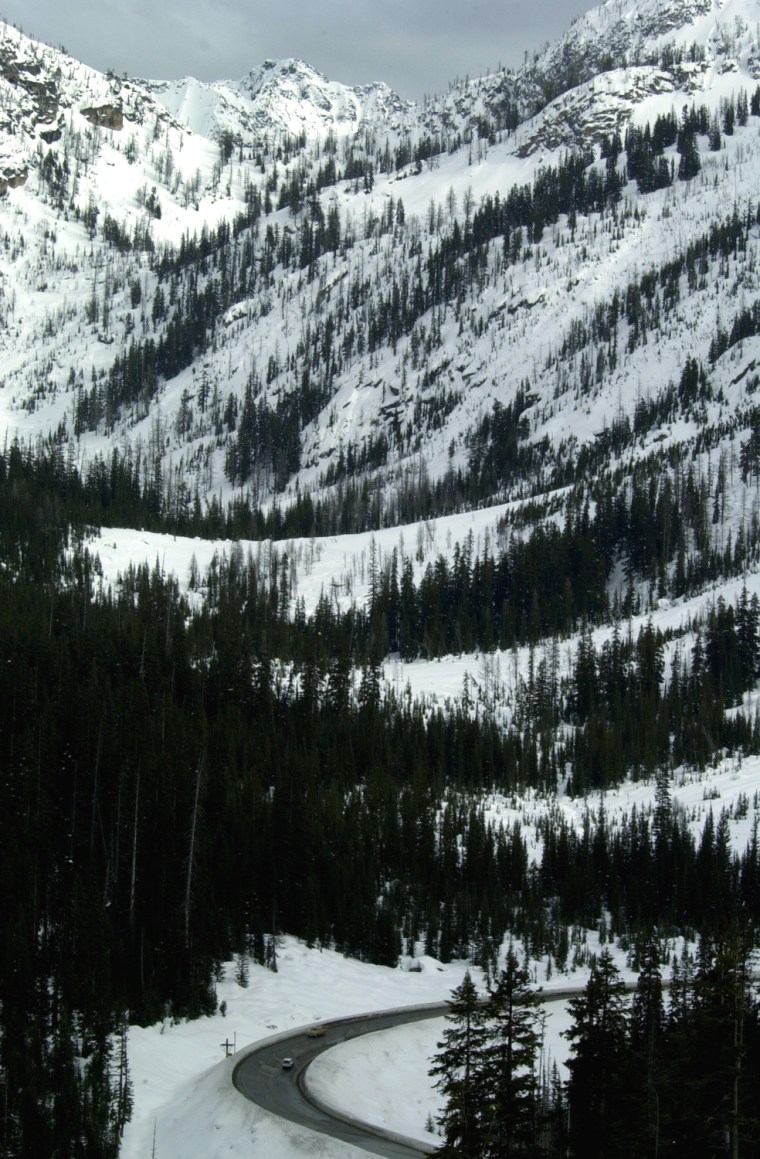
North Cascades National Park
The North Cascades National Park complex offers something for everyone: Monstrous peaks, deep valleys, hundreds of glaciers and phenominal waterfalls. The complex includes the park, Ross Lake and Lake Chelan National Recreation Areas.
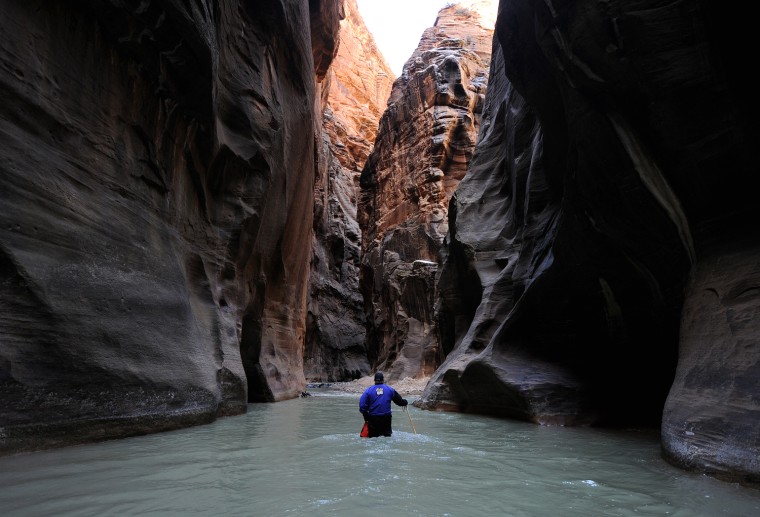
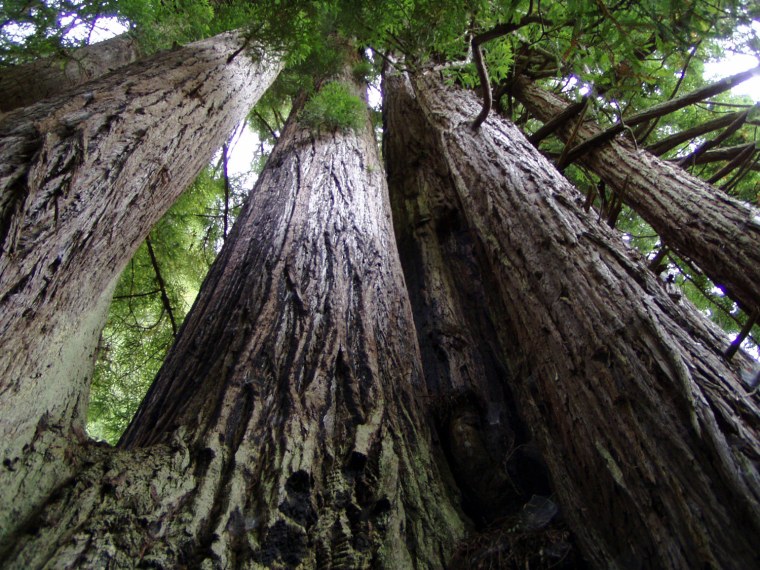
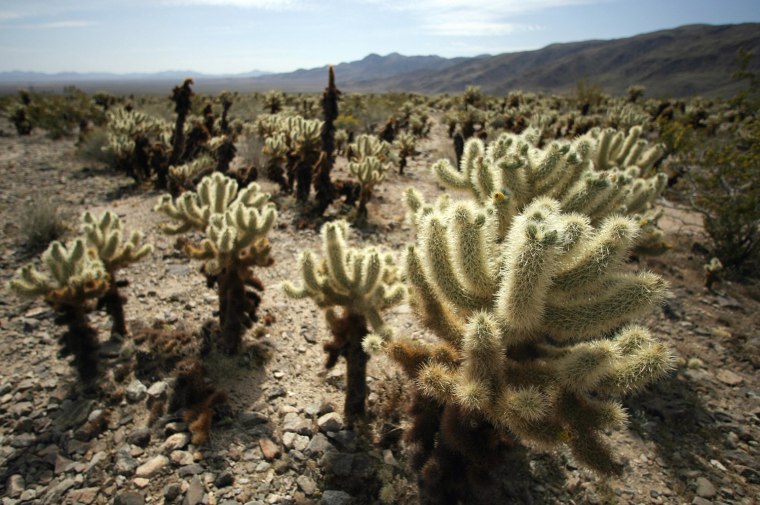
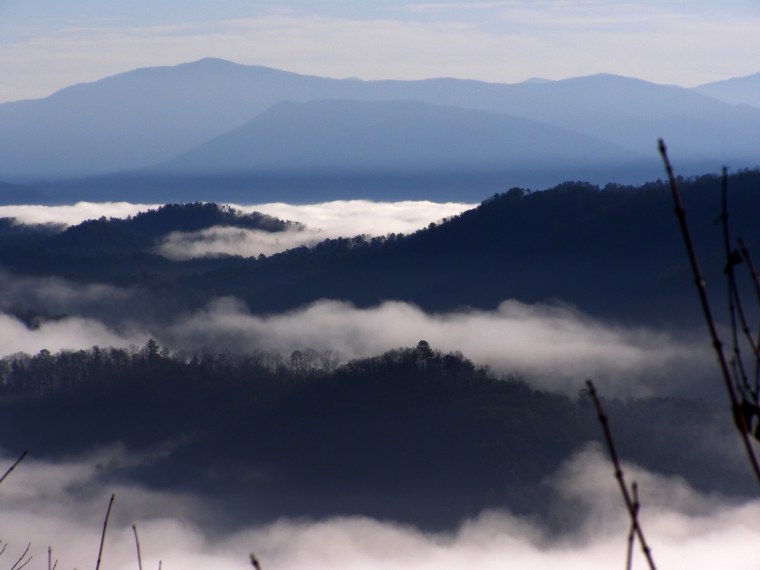
Great Smoky Mountains
Straddling the Tennessee-North Carolina border, Great Smoky Mountains National Park encompasses more than 800 square miles in the southern Appalachian Mountains. Visitors can expect mild winters and hot, humid summers, though temperatures can differ drastically as the park's elevation ranges from 800 feet to more than 6,600 feet.
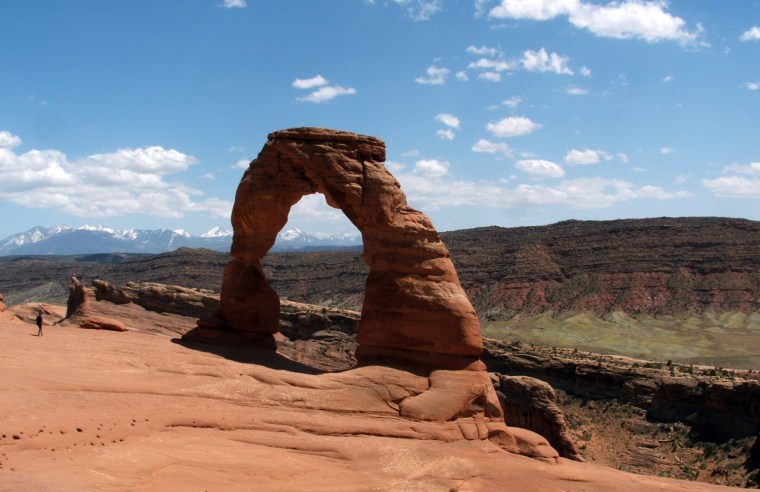
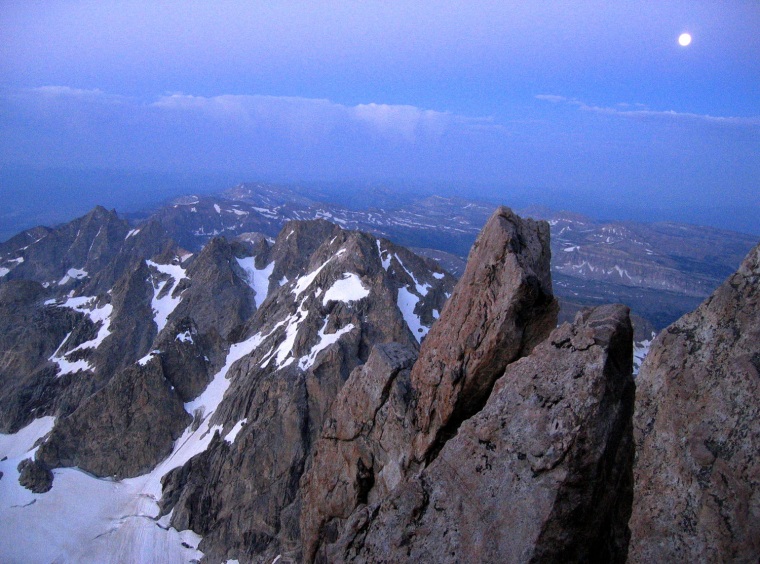

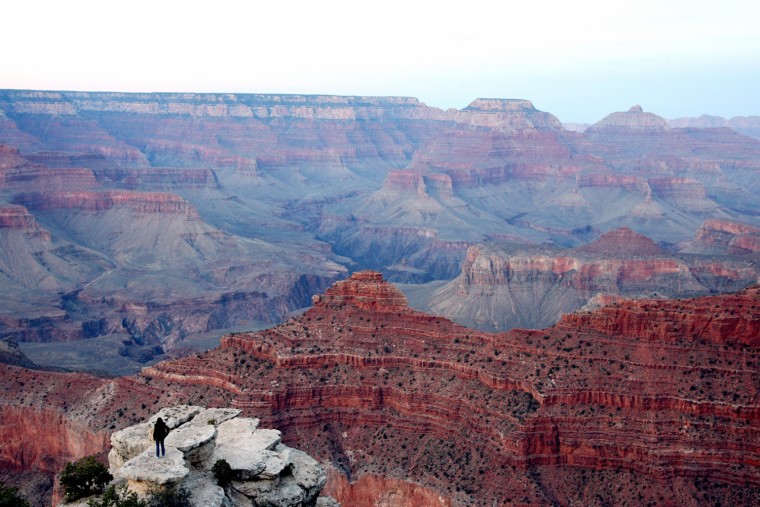
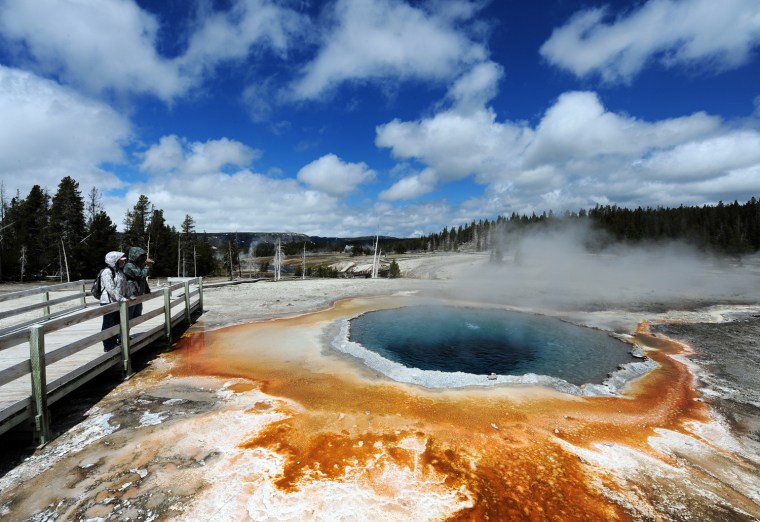
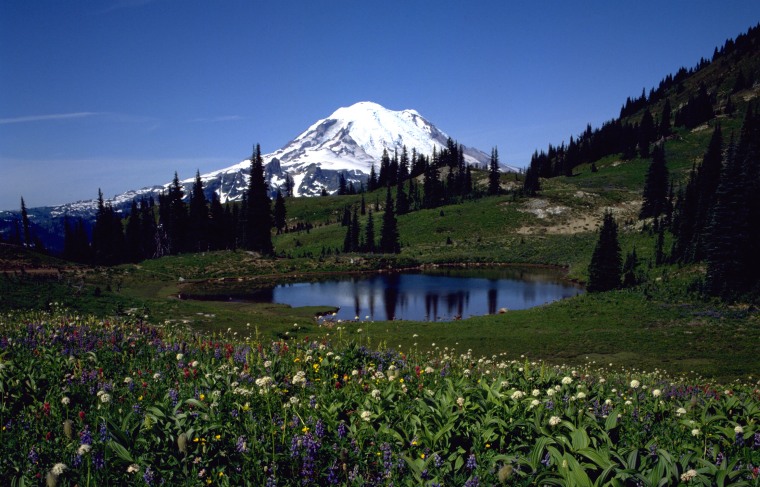
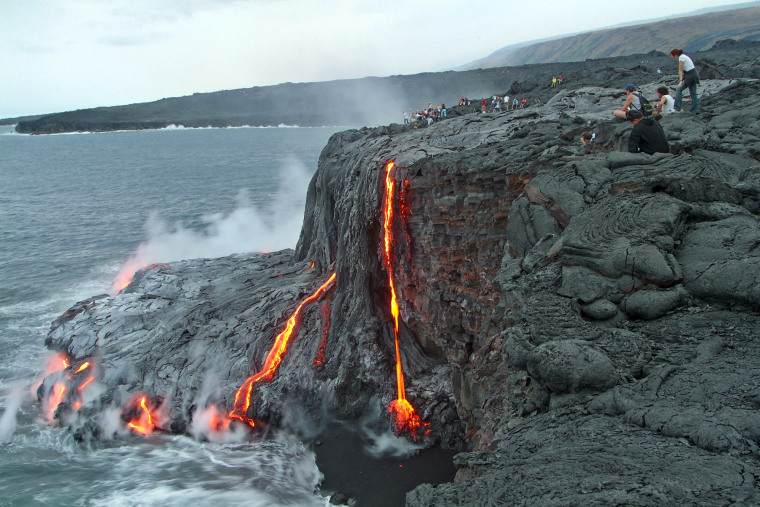
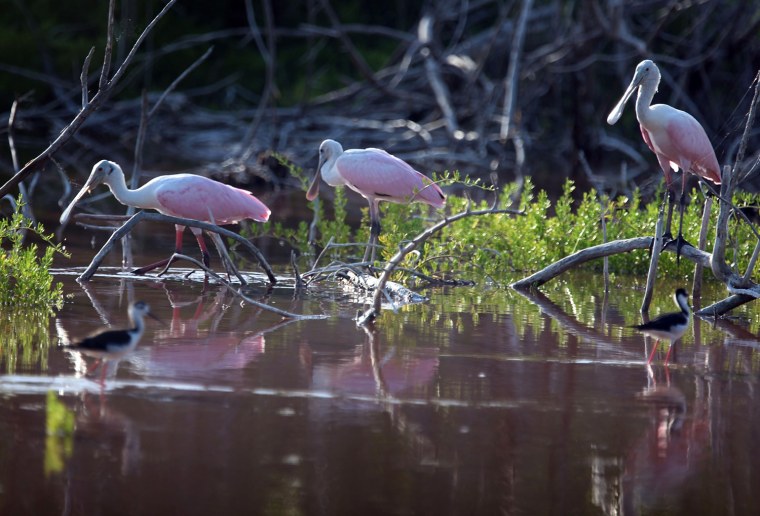
Everglades
Everglades National Park covers the nation's largest subtropical wilderness. It is also a World Heritage Site, an International Biosphere Reserve and a Wetland of International Importance. Visitors to the park can camp, boat, hike and find many other ways to enjoy the outdoors.
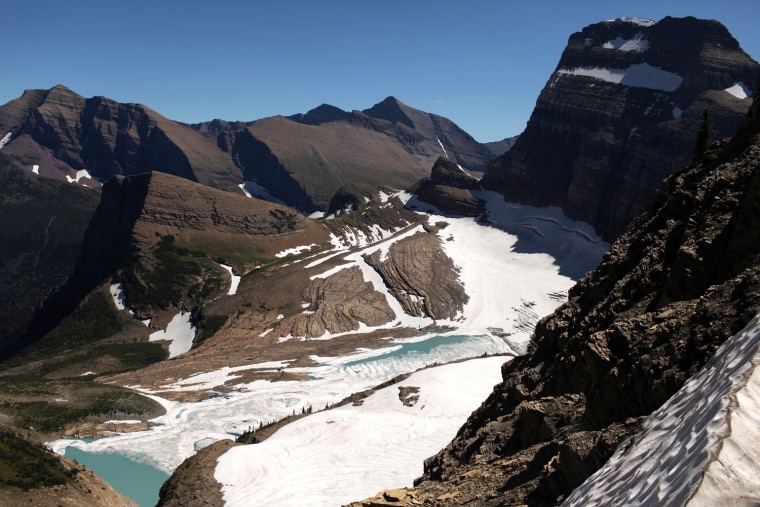
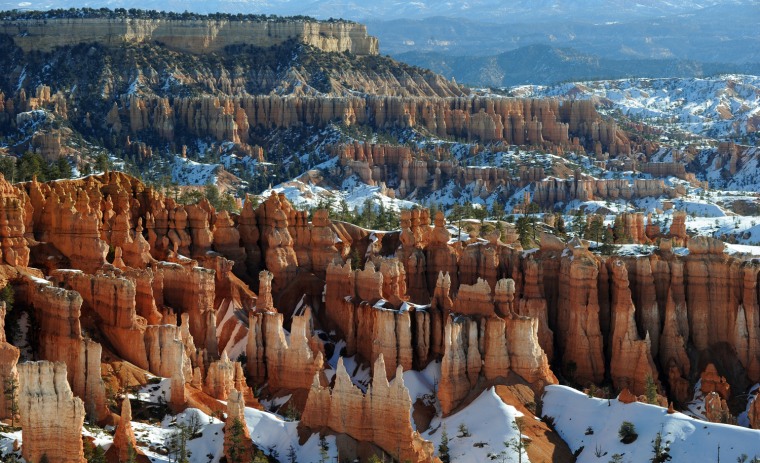
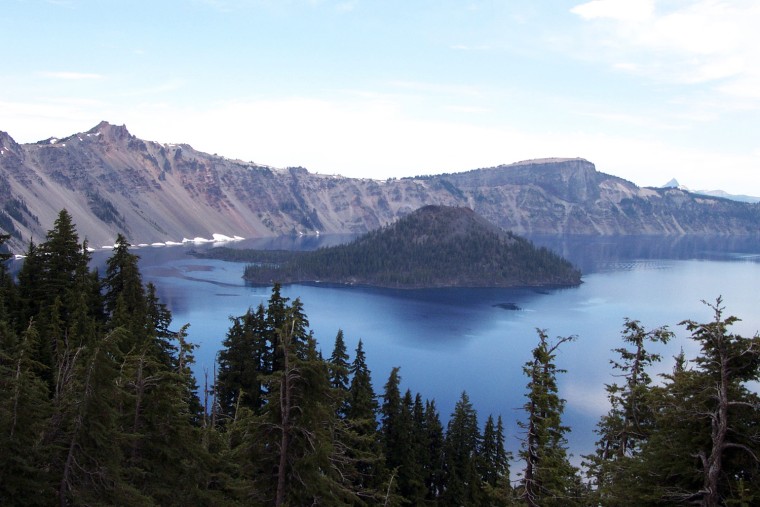

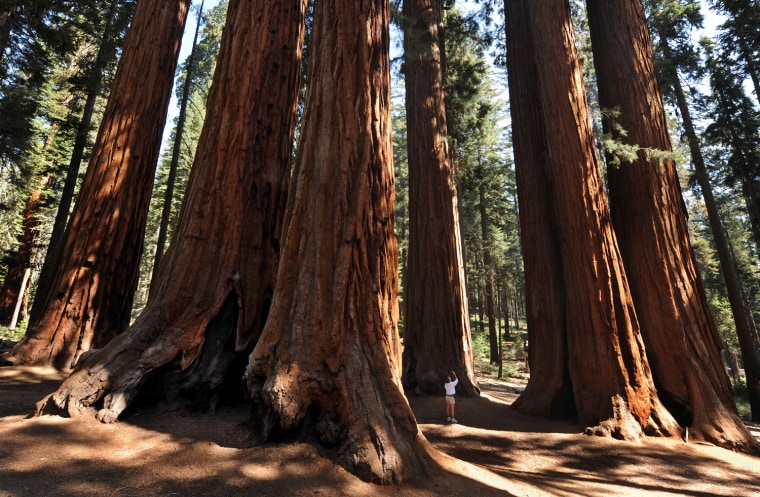
Sequoia and Kings Canyon
A woman stands among a grove of a Giant Sequoia trees in Sequoia National Park in Central California. The trees, which are native to California's Sierra Nevada Mountains, are the world's largest by volume, reaching heights of 275 feet and a ground level girth of 109 feet. The oldest known Giant Sequoia based on its ring count is 3,500 years old.
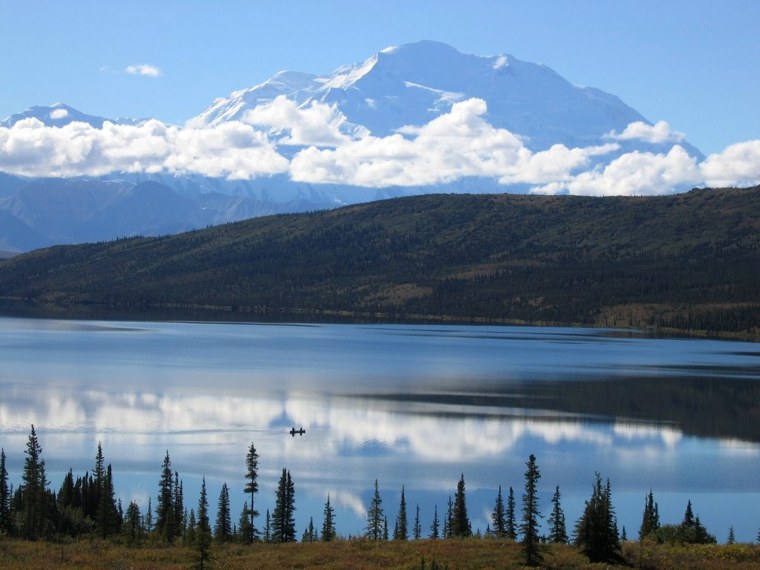
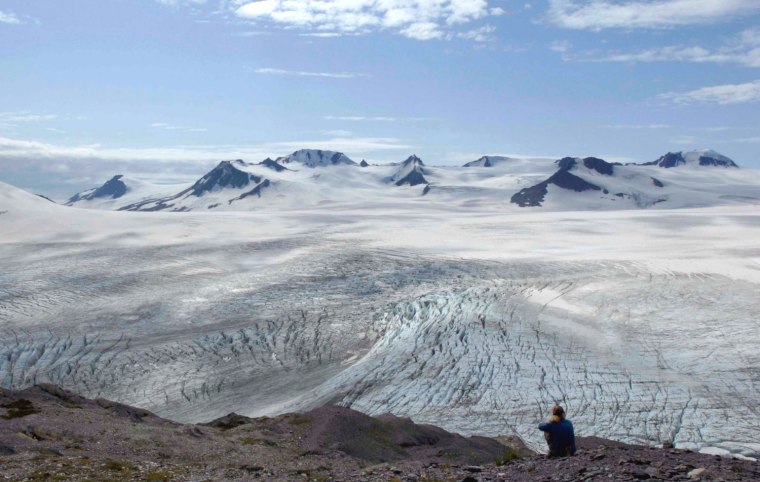
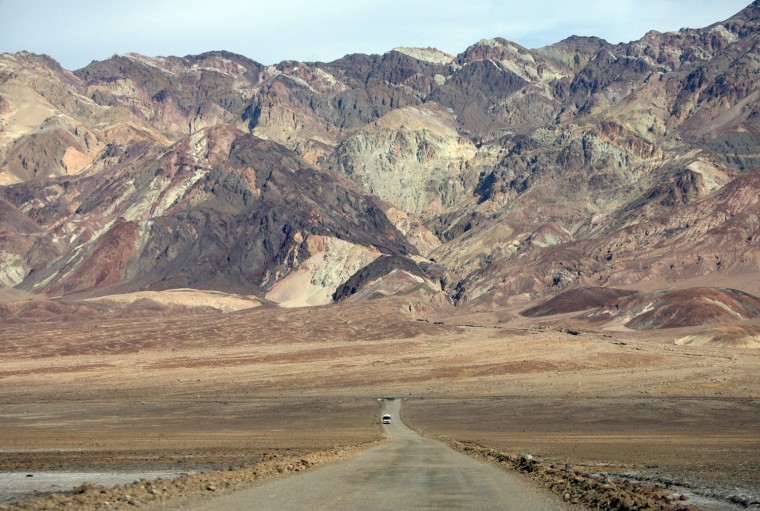
Death Valley
California's Death Valley encompasses more than 3.3 million acres of desert wilderness. In 1849, a group of gold rush pioneers entered the Valley, thinking it was a shortcut to California. After barely surviving the trek across the area, they named the spot "Death Valley." In the 1880s, native peoples were pushed out by mining companies who sought the riches of gold, silver, and borax.
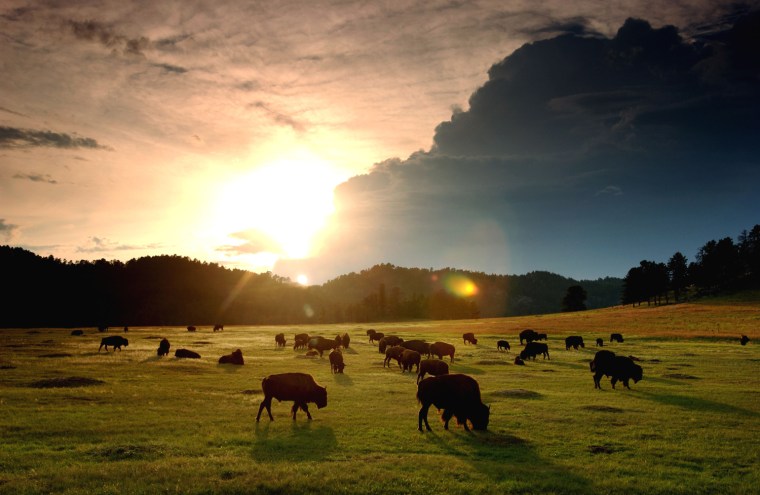
Wind Cave
Bison graze in Wind Cave National Park in the southern Black Hills of South Dakota. Millions of bison were slaughtered by white hunters who pushed them to near-extinction by the late 1800s. Recovery programs have brought the bison numbers up to nearly 250,000.
